V-OX Ultimate Virucide
We offer V-OX which is an ultimate broad-spectrum disinfectant extensively used in livestock production. It is a blend of inorganic peroxygen compounds, salts, buffers, descalants, detergents, and stabilizers.
- The offered product is an ultimate virucidal and biocidal disinfectant with broad-spectrum potential.
- It can effectively control the spread of dreaded infections among livestock and poultry.
- V-OX is recommended for a wide range of applications like livestock farm disinfection, surface decontamination, and water sanitation.
- V-OX resists heavy organic soiling loads and high water hardness.
- An aqueous solution of V-OX releases a battery of 6 biocides that destroys the fungal, bacterial, and viral pathogens.
Features of V-OX
- Broad-spectrum activity against bacteria, viruses, and fungi.
- Nontoxic.
- Non-irritating and non-corrosive at user dilution.
Application of V-OX
| Terminal Disinfection | 5gm/litre of water |
| Spray in presence of birds (i.e. poultry) | 5gm/litre of water |
| Equipment and other accessories | 5gm/litre of water |
| Drinking water sanitation | 1gm/10liter of water |
Uses of Biocides
Biocides are widely used in the food industry as disinfectants and food preservatives. They are also used when breeding and raising livestock. Some of their uses include:
- They treat production plants, processing areas and food containers to control the microbial growth in food and drinks.
- They are also commonly used to disinfect equipment, containers, surfaces or pipes associated with the production, transport, and storage of food or drink, including drinking water.
- Drinking water is treated with biocides to eliminate any harmful micro-organisms at the waterworks and in the distribution system to ensure that the water that reaches the consumer is fit to drink.
- Biocides are added as preservatives to foodstuffs to prolong their shelf-life by protecting them against deterioration caused by micro-organisms.
- Cleaning and disinfecting farm buildings, particularly between batches of animals as well as decontaminating ponds and equipment in fish farming.
- Creating barriers against bacteria, such as foot dips outside animal houses, and disinfecting vehicles and materials during outbreaks of infectious diseases.
- Preventing infections through direct application to animal skin, for instance, to clean the udders of animals used for milk production.
- Preserving specific products such as eggs or semen.

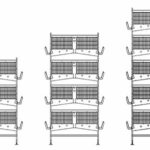


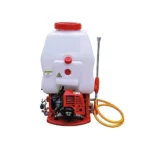
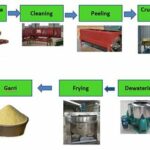
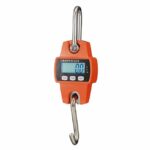
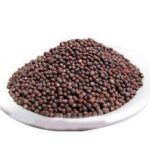





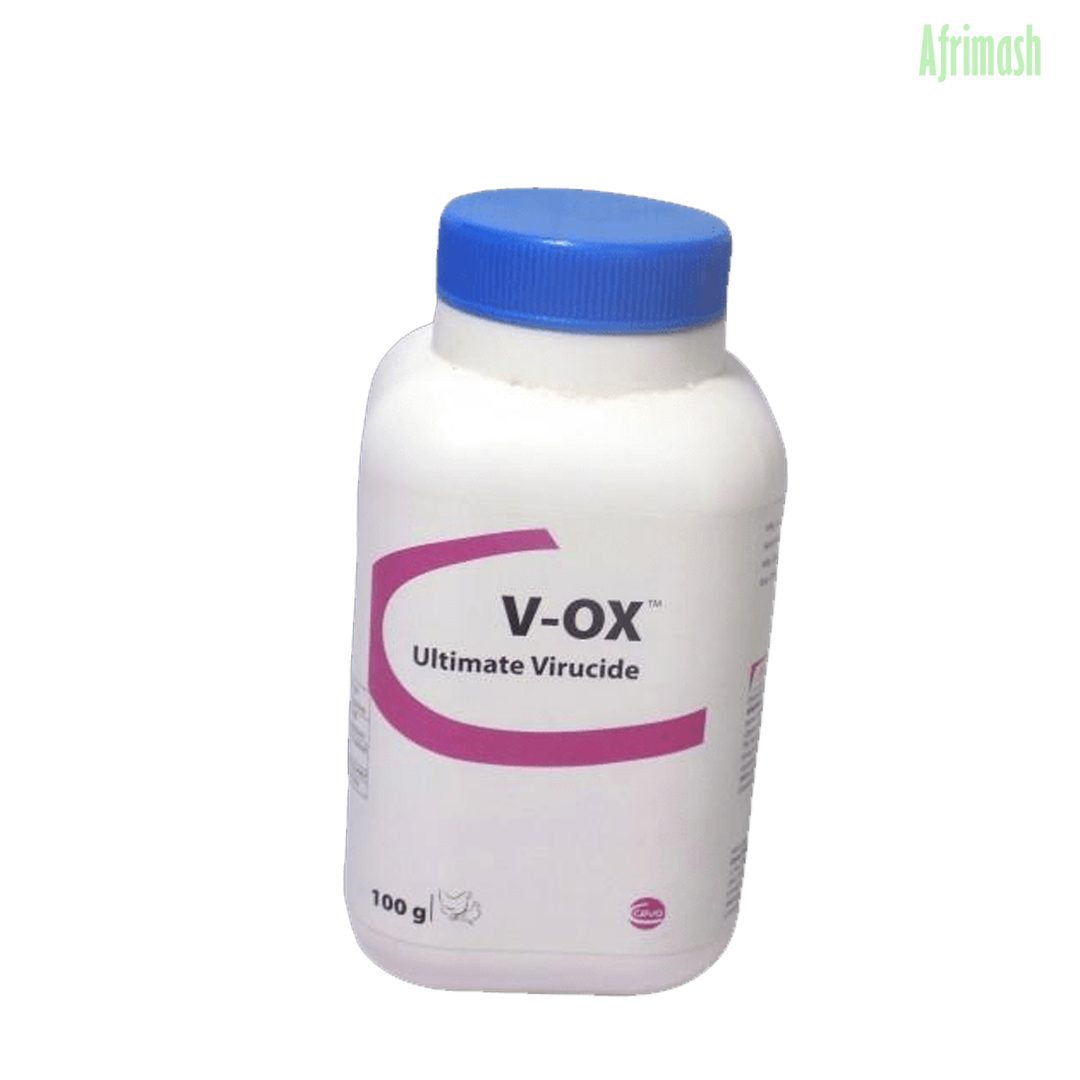

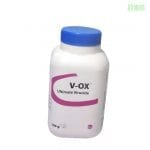
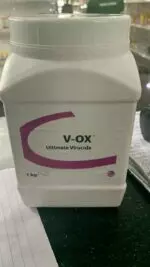
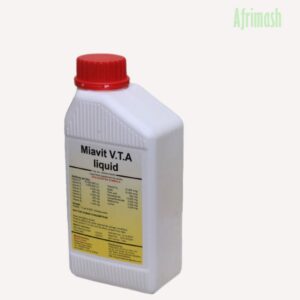

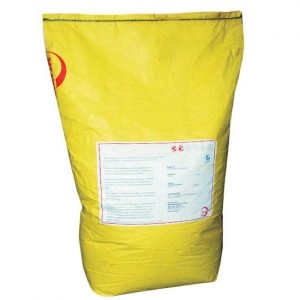
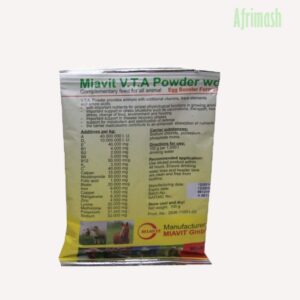
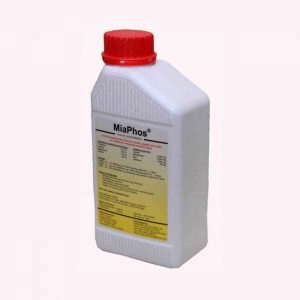
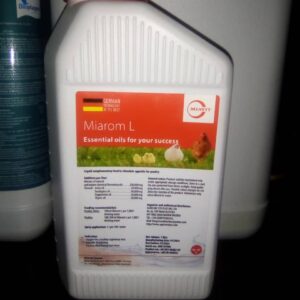
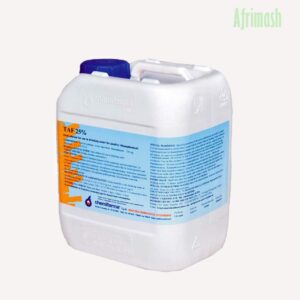
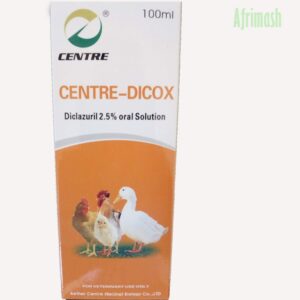
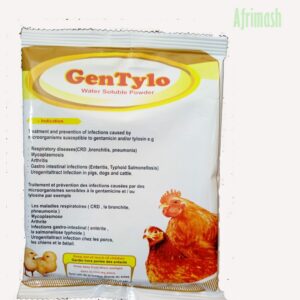
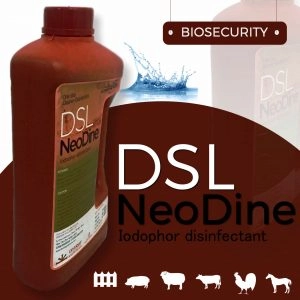
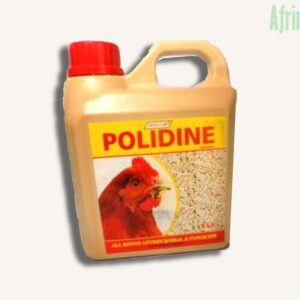
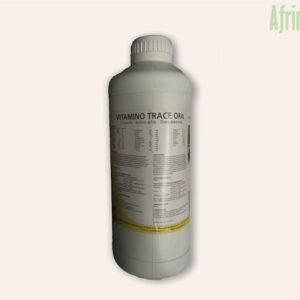
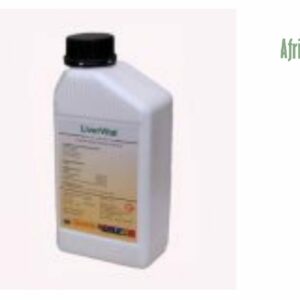
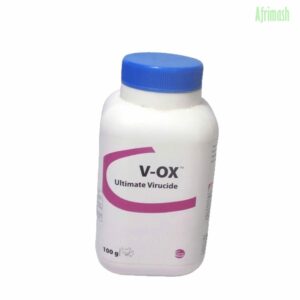
Reviews
Clear filtersThere are no reviews yet.